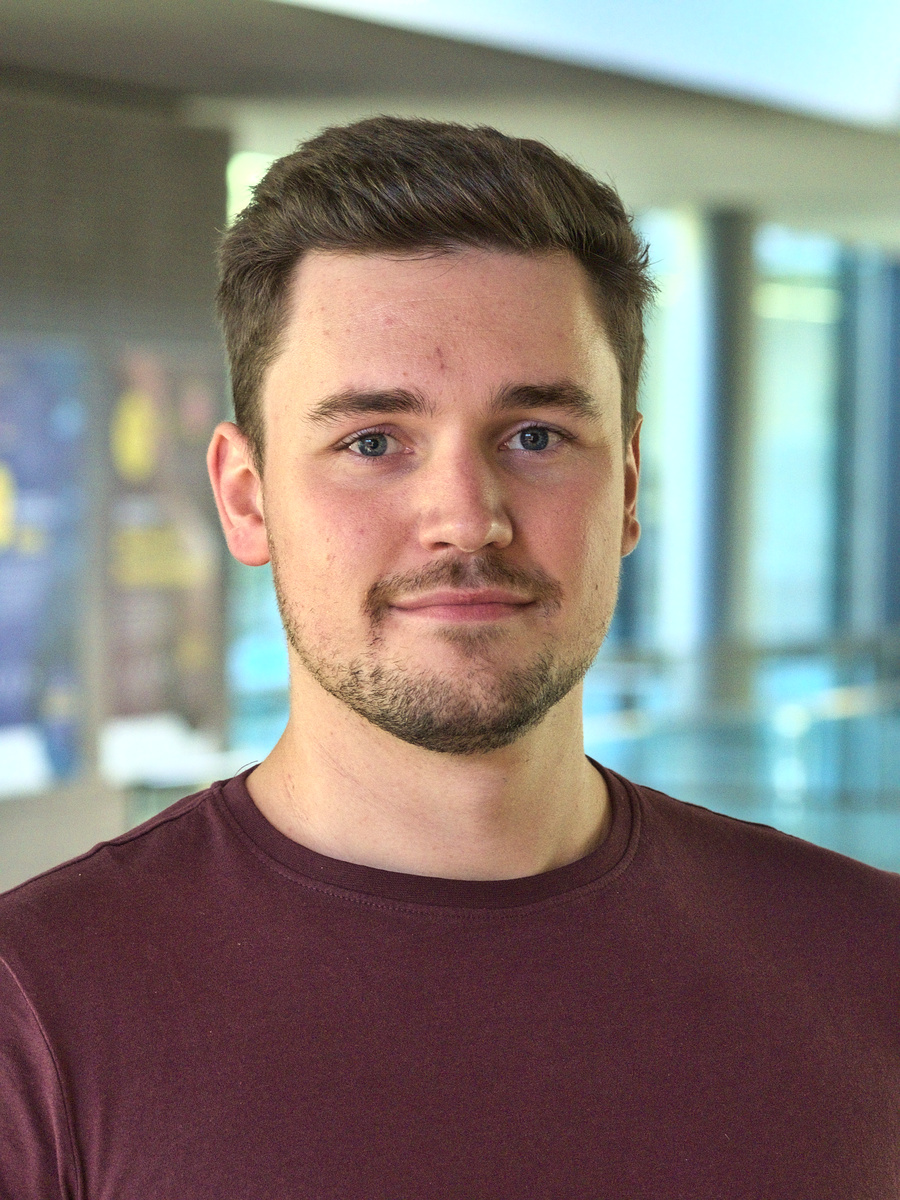Heß, A., Hauck, F.J., Mödinger, D., Pietron, J., Tichy, M. and Domaschka, J. 2021. Morpheus: A Degradation Framework for Resilient IoT Systems.
STAF Workshops (Virtual Event, Bergen - Norway, 2021), 105–114.
Graceful degradation is an established concept to improve the resilience of systems, especially when other resilience mechanisms have failed. Its implementation is often heavily tied to the application code and, thus, cumbersome and error prone. As IoT systems get not only ubiquitous but also critical, reliable graceful degradation would be ideal. In this paper, we present the Morpheus framework that provides a TypeScript-internal DSL to enable a systematic development of degradable IoT systems. The design of the framework is based on the concept of separation of concerns by providing distinct yet linked languages to specify hierarchical components and their connections; the components’ operating modes and transfer functions between them; as well as state machines for the specification of the components’ behaviour in each operating mode. The operating modes for each component serve as degradation levels. Automatic degradation of a component is triggered in case of failures of connected components. With recovery from underlying failures, the component is automatically upgraded back to a higher level. We illustrate our framework using a simplified prototype of an entrance barrier of a parking garage

